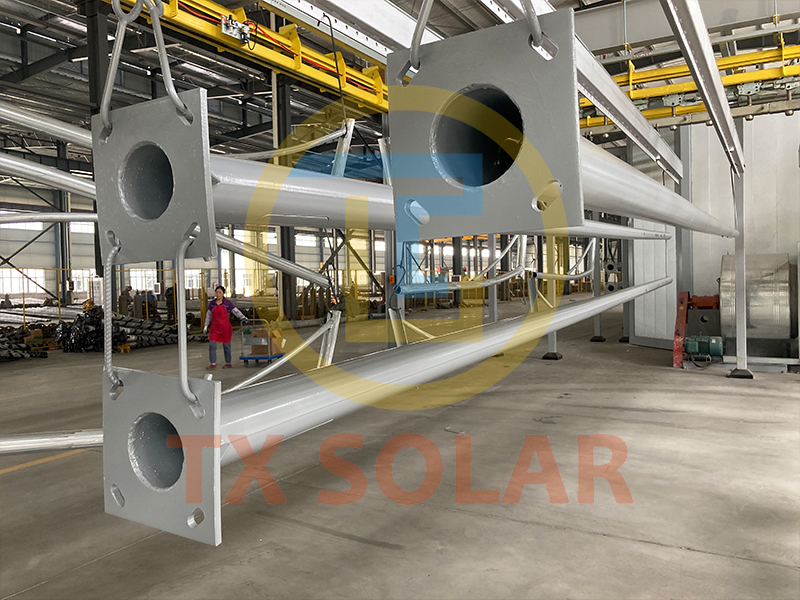Light poles are an important part of the urban landscape, providing lighting and security to streets and public spaces. However, like any other outdoor structure, light poles will wear out over time. So, how long is the service life of a light pole, and what factors will affect its life?
The lifespan of a light pole can vary depending on a variety of factors, including the materials it is made from, exposure to environmental factors, and the level of maintenance it receives. Typically, a well-maintained light pole will last 20 to 50 years, but it is important to consider the following factors that may affect its longevity.
Material
Light poles can be made from a variety of materials, including steel, aluminum, concrete, and fiberglass. Each material has its own advantages and disadvantages in terms of durability and longevity. Steel poles, for example, are known for their strength and durability and can last for decades if properly maintained. Aluminum poles are also durable and lightweight but may not be as resistant to environmental corrosion as steel poles. Concrete utility poles are known for their longevity, often lasting 50 years or more, but they can be prone to cracking and other structural problems if not properly maintained. Fiberglass poles are lightweight and corrosion-resistant, but may not be as durable as steel or concrete.
Environmental exposure
The installation environment of the light pole has a significant impact on its service life. Pole exposed to harsh environmental conditions such as extreme temperatures, strong winds, salt water, and corrosive chemicals may deteriorate faster than those in more sheltered areas. For example, light poles located in coastal areas that are exposed to salt water and strong winds may require more frequent maintenance and replacement than those located inland.
Maintain
Proper maintenance is crucial to extending the life of your light poles. Regular inspections, cleaning, and repairs can help prevent structural damage and corrosion, ultimately extending the life of your utility poles. Maintenance tasks may include checking for rust, corrosion, loose bolts, and other signs of wear, as well as cleaning the rods and their fixtures to remove dirt, debris, and environmental contaminants.
In addition to these factors, advances in lighting technology will also affect the service life of light poles. For example, LED lighting is known for its energy efficiency and long life, which can reduce the need for frequent maintenance and replacement of pole fixtures.
In summary, the lifespan of a light pole can vary depending on a variety of factors, including the materials it is made from, exposure to environmental factors, and the level of maintenance it receives. While well-maintained light poles can last 20 to 50 years, it is important to consider environmental conditions and maintenance practices that may affect their longevity. With proper care and maintenance, light poles can continue to provide light and safety to our urban landscapes for many years to come.
Post time: Dec-13-2023

